Microstructural Analysis
There is a very close relationship between the microstructure and mechanical properties of materials. For example, since Ni-base superalloys, PGM-based refractory superalloys and NiTi based alloys generally have coherent cuboidal precipitates, their mechanical properties largely depend on the morphology and size of the precipitates, interaction between the two phases and so on. Our research group therefore observe microstructures of proposed alloys to understand their mechanical properties. By using optical microscopy (OM), we observe shape of dendrites and grains. Fracture surface and shape of moderate-size precipitates (>0.5mm) can be observed by Scanning electron microscopy (SEM). If we need to observe smaller precipitates (~0.5mm), or dislocation structure after deformation, we use Transmission electron microscopy (TEM). Atom-probe field ion microscopy (APFIM) enables to the analysis of more atomic-level chemistry such as composition of nano-scale precipitates, and chemistry changes at interfaces and boundaries. For two phase alloys, the lattice parameter misfits between precipitates and matrices are one of the dominant factors that determine the mechanical properties. To investigate the crystal structure of unknown phase is also important. We use high-temperature X-ray diffractometry for these analyses.
These techniques are applied to Ni-based alloys, PGM-based alloys and NiTi-based alloys.
Equipments for Microstructural Analysis
Atom-prove Field Ion Microscope (APFIM)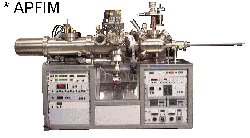 |
Transmission Electron Microscope (TEM)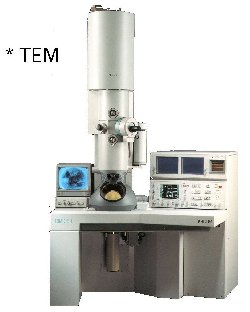 |
Scanning Electron Microscope (SEM)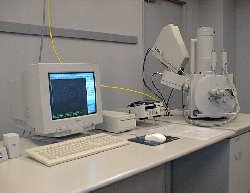 | |
Electron Probe Micro Analyzer (EPMA)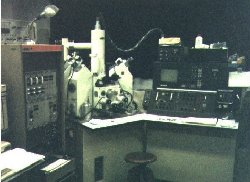 |
High Temperature X-Ray Diffractometer (HTXRD)
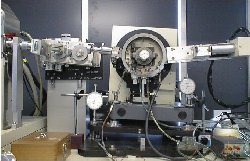 |